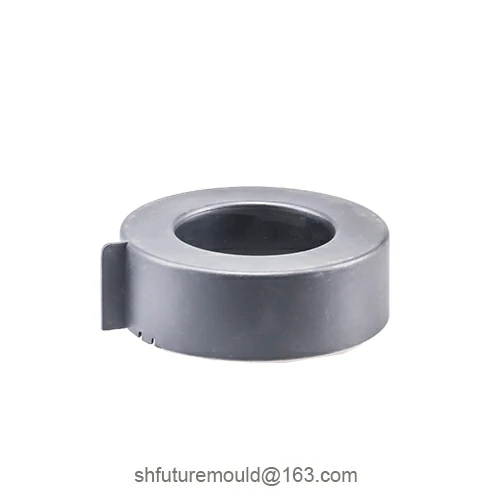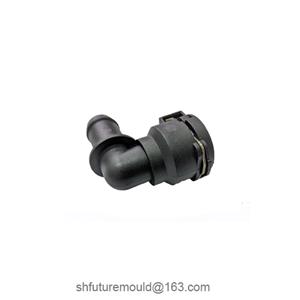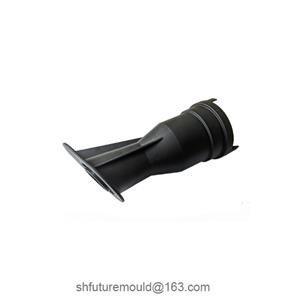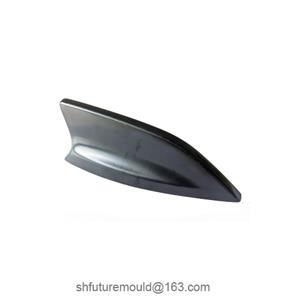Design Requirements for Aluminum Die Casting
Design requirements for aluminum die castings are crucial in determining product quality and cost. When designing these components, various factors must be considered, including material properties, process requirements, and product functionality.
1. Wall Thickness Design
Uniformity: Wall thickness should be as consistent as possible, avoiding abrupt changes to minimize stress concentration.
Reasonable range: Fragile walls can lead to shrinkage cavities and porosity, while excessively thick walls can result in internal stress.
Rounded corners: Rounded corners should be provided at wall thickness transitions to reduce stress concentration.
2. Reinforcement Design
Location: Reinforcements should be placed in areas subjected to high stress.
Shape: Reinforcements should have a smooth shape, avoiding sharp corners.
Height: The height of reinforcements should be coordinated with the wall thickness.
3. Gating System Design
Location: The gate should be located at the thickest part of the casting or farthest from the cold area.
Shape: The gate shape should facilitate metal flow and venting.
Size: The gate size should match the casting size.
4. Venting Design
Location: Vents should be located at the highest point of the cavity or in areas prone to porosity.
Quantity: A sufficient number of vents should be provided to ensure smooth gas evacuation.
Size: Vent size should be appropriate; huge vents can cause metal leakage, while excessively small vents can hinder venting.
5. Draft Angle Design
Magnitude: Draft angles typically range from 1° to 3° to ensure easy ejection of the casting.
Uniformity: Draft angles should be uniform, avoiding excessive or insufficient draft in local areas.
6. Cavity Design
Simplified structure: The cavity structure should be as simple as possible, reducing the number of core pulls.
Avoid sharp corners: Sharp corners within the cavity should be avoided to prevent stress concentration.
Consider ejection: Cavity design should facilitate casting ejection.
7. Material Selection
Strength: Select an appropriate aluminum alloy grade based on the product's usage requirements.
Fluidity: Consider the complexity of the casting and select an alloy with good fluidity.
8. Process Parameter Optimization
Pouring temperature: Excessive pouring temperature can lead to porosity, while insufficient temperature can cause cold shuts.
Pouring speed: Excessive pouring speed can result in flash, while insufficient speed can cause cold shuts.
Holding time: Insufficient holding time can lead to shrinkage cavities, while excessive holding time can cause oxidation.
- Injection Mold
- Automotive Injection Mold
- Electronics & Electrical Injection Mold
- Consumer Goods Injection Mold
- Airplane Components Injection Mold
- Medical Components Injection Mold
- Irrigation Components Injection Mold
- Injection Molds




